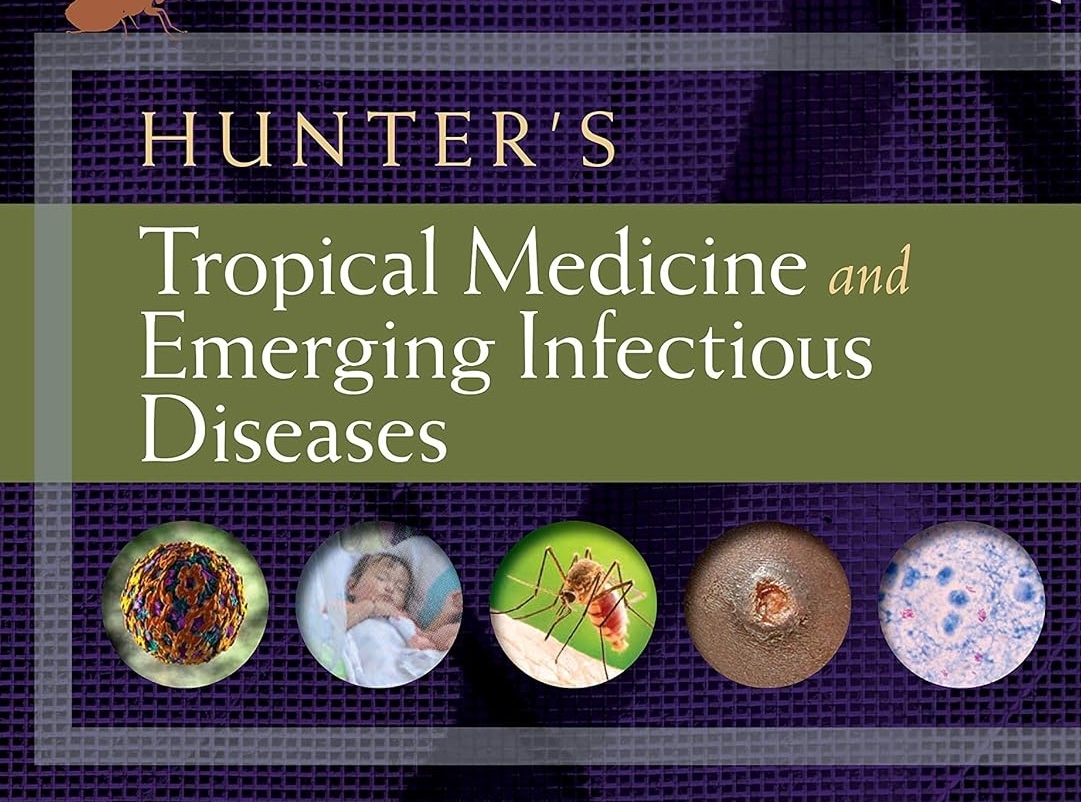Malaria, schistosomiasis, ascariasis, Chagas disease, Dengue fever. As a young physician, I was fascinated with these classic tropical diseases. Part of the reason was humanitarian. I was acutely aware that a multitude of humanity continue to suffer from these severe, often preventable maladies. Another part of my fascination was esoteric. These are illness is largely unfamiliar to my colleagues, and I had gained some expertise in their intervention.
INMED’s core Graduate Certificate Course in International Medicine and Public Health equips learners with some basic skill to defend communities against tropical diseases. So prepared, mini INMED learners proceed to an International Service-Learning experience where they can apply the skills under the watchful guidance of an INMED preceptor.
But beyond the education of healthcare professionals, we at INMED also ask deeper questions about the very existence of such tropical diseases today. For example, such diseases are quite prevalent in Philippines, but are largely unknown in neighboring Singapore. What’s the difference? It’s all about economics. Many communities in Philippines lack adequate housing, nutrition, safe water and medical care, while amid the relative wealth of Singapore these basic necessities abundant and are all but guaranteed.
Most tropical diseases are better identified as diseases of poverty. Wherever poverty exists – especially in warmer climates – these diseases usually flourish. But wherever economies are strong – even within warmer climates – such diseases are usually very well controlled. This truth should challenge health leaders to look beyond simple disease surveillance, diagnosis, and treatment.
What should be today’s highest tropical medicine priority, but a commitment to eliminating the greatest risk factor for its existence: poverty?

